Course aims
For this specification, these underpinning elements have been used to create a framework for studying film, which learners will be able to apply to all the films they explore:
- The key elements of film form – cinematography, mise en scène, editing, sound and performance
- The structural elements of film form – narrative and genre
- How film creates meaning and generates response, including how it functions as a medium of representation
- Film as an aesthetic medium
- The spectator and spectatorship
- The social, cultural, political, historical and institutional, including production, contexts of film
- Critical approaches to studying film
- Key debates and filmmakers’ theories of film.
Entry requirements
You will require a grade 6 in English and a keen interest in films, in addition to the general entry requirements.
Course content
Component 1 – Varieties of film and filmmaking
This component compares two US films, one from the Classical Hollywood era (pre-1960s) and one from the New Hollywood era (post-1960s) and considers how the contexts in which they were produced affects the finished film. Film form, representation and auteur theory are also covered. In addition, learners will be expected to study two US films post-2005 and focus on spectatorship and ideology as well as contexts, representation and film form. British films post-1995 will also be studied, with a particular focus on narrative and ideology.
- Casablanca and Alien (comparative study)
- Joker and Get Out (US film post-2005)
- Shaun of the Dead and This is England (UK film post-1995).
Component 2: Global filmmaking perspectives
Moving away from the dominance of Hollywood cinema, this component takes an in depth look at two non-English language films. In addition, learners will study documentary film, experimental film and silent cinema. Core areas of film form and contexts will be considered, alongside auteur, film movements (realism and expressionism) and documentary techniques.
- Life is Beautiful and City of God (non-English language films)
- Amy (documentary film)
- Mulholland Drive (experimental film)
- Sunrise (silent cinema).
Component 3 – Production
The production may take the form of either a short film or a screenplay for a short film. The screenplay must be accompanied by a digitally-photographed storyboard of a key sequence from the screenplay in order to demonstrate how the screenplay will be realised. Learners must also provide an evaluative analysis of the production, which analyses and evaluates the production in relation to other professionally-produced films or screenplays.
Course assessment
Written examinations and coursework.
Materials
Recommended textbooks to be advised by your tutor. Access to DVD and video player. Extensive use will be made of the Internet and relevant websites will be an important source of material to study this course.
Progress
Higher Education for most courses, especially film, media and journalism. Career progression to film and media production, teaching and journalism.

